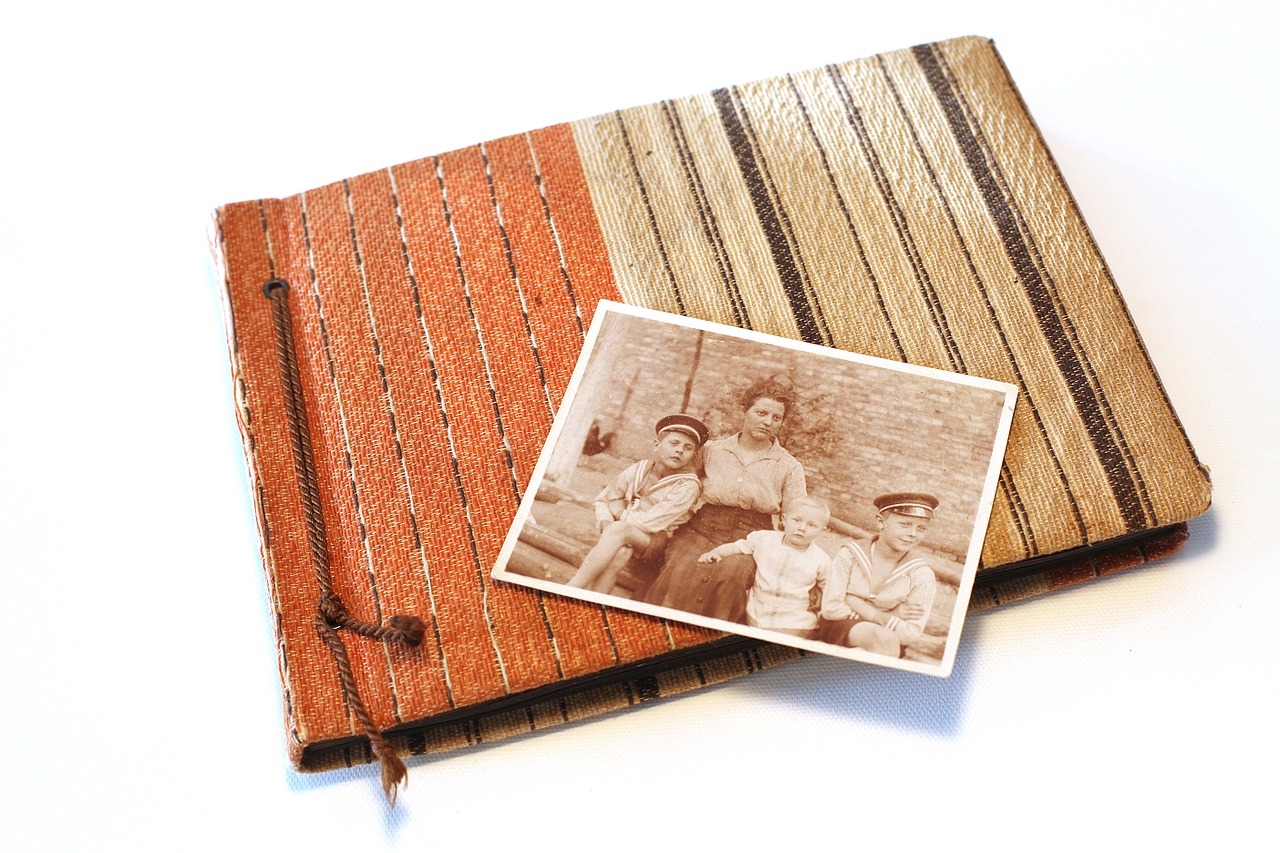
Writing can be a daunting task, and creating a plan before starting can help make the process smoother and more effective. A writing plan is an outline or roadmap that guides your writing process. It can help you organize your thoughts, stay on track, and ensure that your writing achieves its intended purpose. In this article, we will explore some tips for creating a plan for your writing.
Determine your Purpose and Audience
The first step in creating a writing plan is to determine your purpose and audience. Understanding why you are writing and who you are writing for will help you focus your message and tailor your writing style. For example, if you are writing your research paper without a research paper writer, your purpose may be to inform or persuade your readers, while your audience may be academic scholars or researchers in your field. Alternatively, if you are writing a blog post, your purpose may be to entertain or educate your readers, while your audience may be a more general audience interested in your topic.
Brainstorm and Outline Your Ideas
Once you have a clear purpose and audience in mind, the next step is to brainstorm and outline your ideas. Start by jotting down any ideas that come to mind, without worrying about how they fit together. Then, organize these ideas into a logical order and create an outline. The outline should include an introduction, body, and conclusion, as well as any subheadings or sections that are necessary to fully address your topic.
Conduct Research
If your writing requires research, the next step is to conduct your research. This may involve reading books, articles, and other sources, as well as conducting interviews or surveys. Make sure to keep track of your sources, including the author, title, and publication date, so that you can cite them properly in your writing.
Set a Writing Schedule
Once you have a clear idea of what you want to write about and have done your research, it’s time to set a writing schedule. This will help you stay on track and ensure that you make progress towards completing your writing project. Decide how much time you can realistically devote to writing each day or week and create a schedule that works for you.
Start Writing
With your ideas organized and your schedule in place, it’s time to start writing. Begin with the introduction, which should provide a clear and concise overview of your topic and purpose. From there, move on to the body of your writing, where you will expand on your ideas and provide supporting evidence. Finally, conclude your writing with a summary of your main points and a final thought or call to action.
Revise and Edit
Once you have completed your first draft, it’s time to revise and edit. This involves reviewing your writing for clarity, coherence, and accuracy, as well as checking for any grammatical or spelling errors. It can be helpful to take a break from your writing before revising and editing, as this can give you a fresh perspective and help you spot any mistakes or areas that need improvement.
Get Feedback
After revising and editing, it’s a good idea to get feedback from others. This can include friends, family members, or colleagues, as well as professional editors or writing coaches. Feedback can help you identify areas where your writing could be improved, as well as areas where it is already strong.
Make Final Revisions
Based on feedback and your own review, make any final revisions to your writing. This may involve making changes to your content, style, or organization, as well as proofreading one last time to ensure that there are no errors.
Publish or Submit Your Writing
Finally, once you are satisfied with your writing, it’s time to publish or submit it. This may involve posting it on a blog, submitting it to a journal or magazine, or sharing it with your intended audience. Be sure to follow any submission guidelines or formatting requirements, and consider promoting your writing through social media or other channels.
Сonclusion
Сreating a plan for your writing can help you stay organized, focused, and on track towards achieving your intended purpose. Whether you are writing a research paper, a blog post, or a novel, following these steps can help you create a plan that works for you and leads to successful writing. By determining your purpose and audience, brainstorming and outlining your ideas, conducting research, setting a writing schedule, starting writing, revising and editing, getting feedback, making final revisions, and publishing or submitting your writing, you can create a plan that helps you achieve your writing goals.













